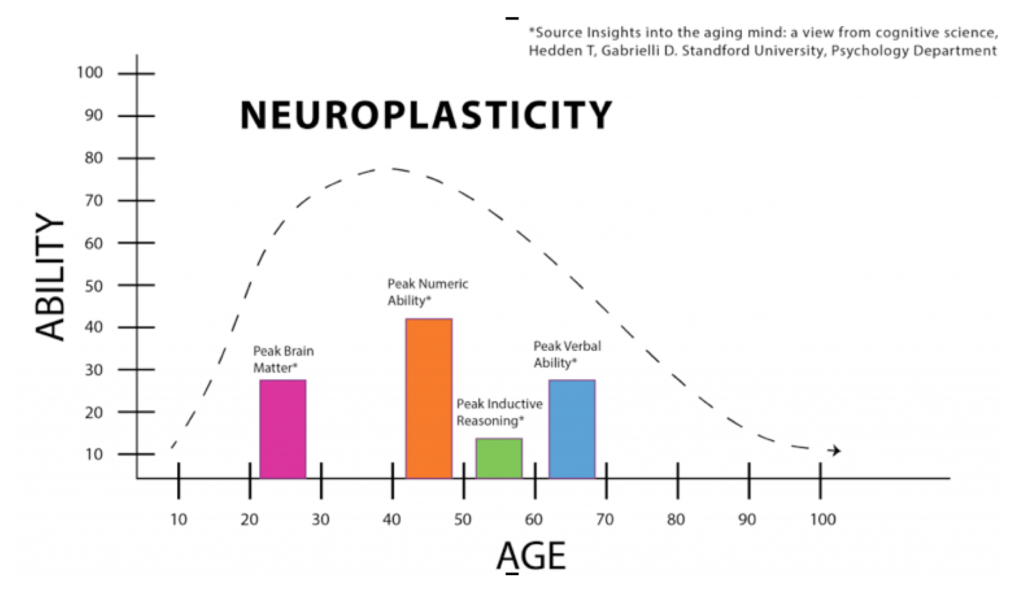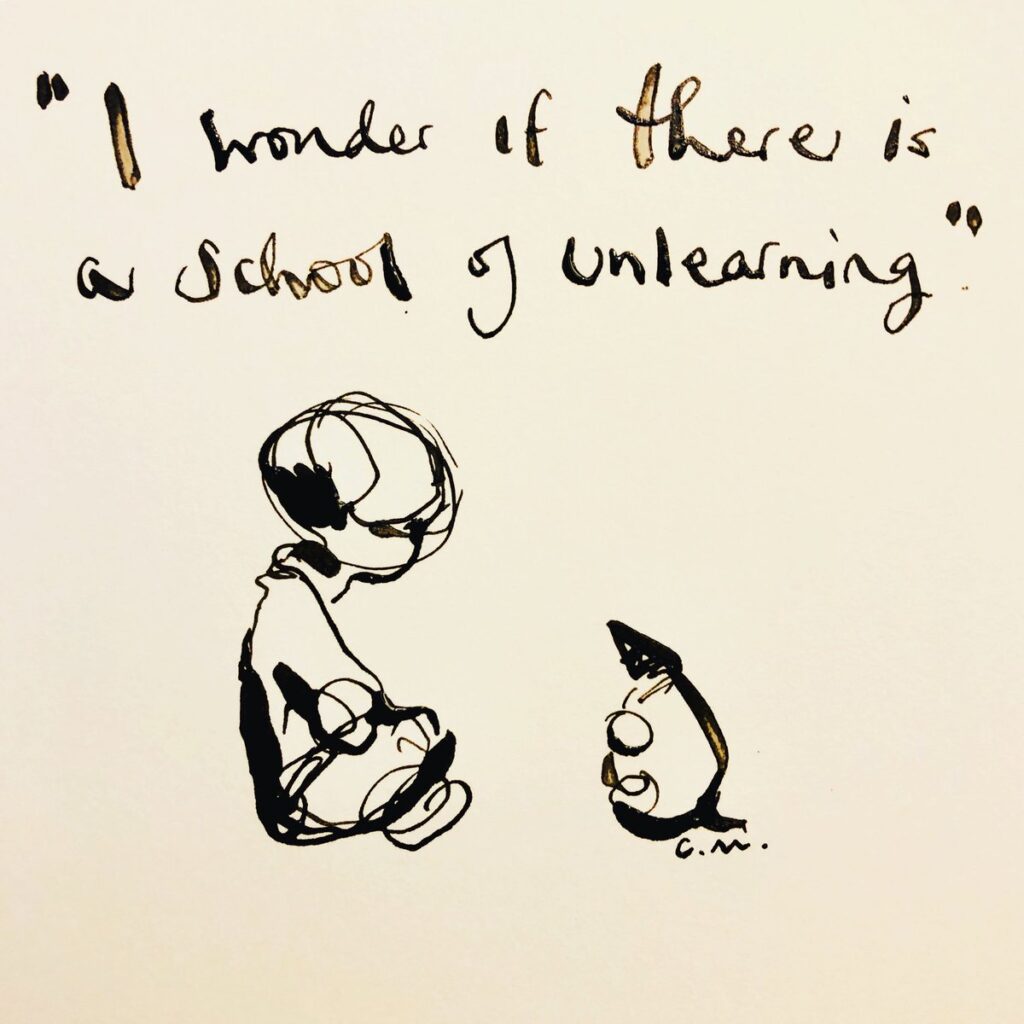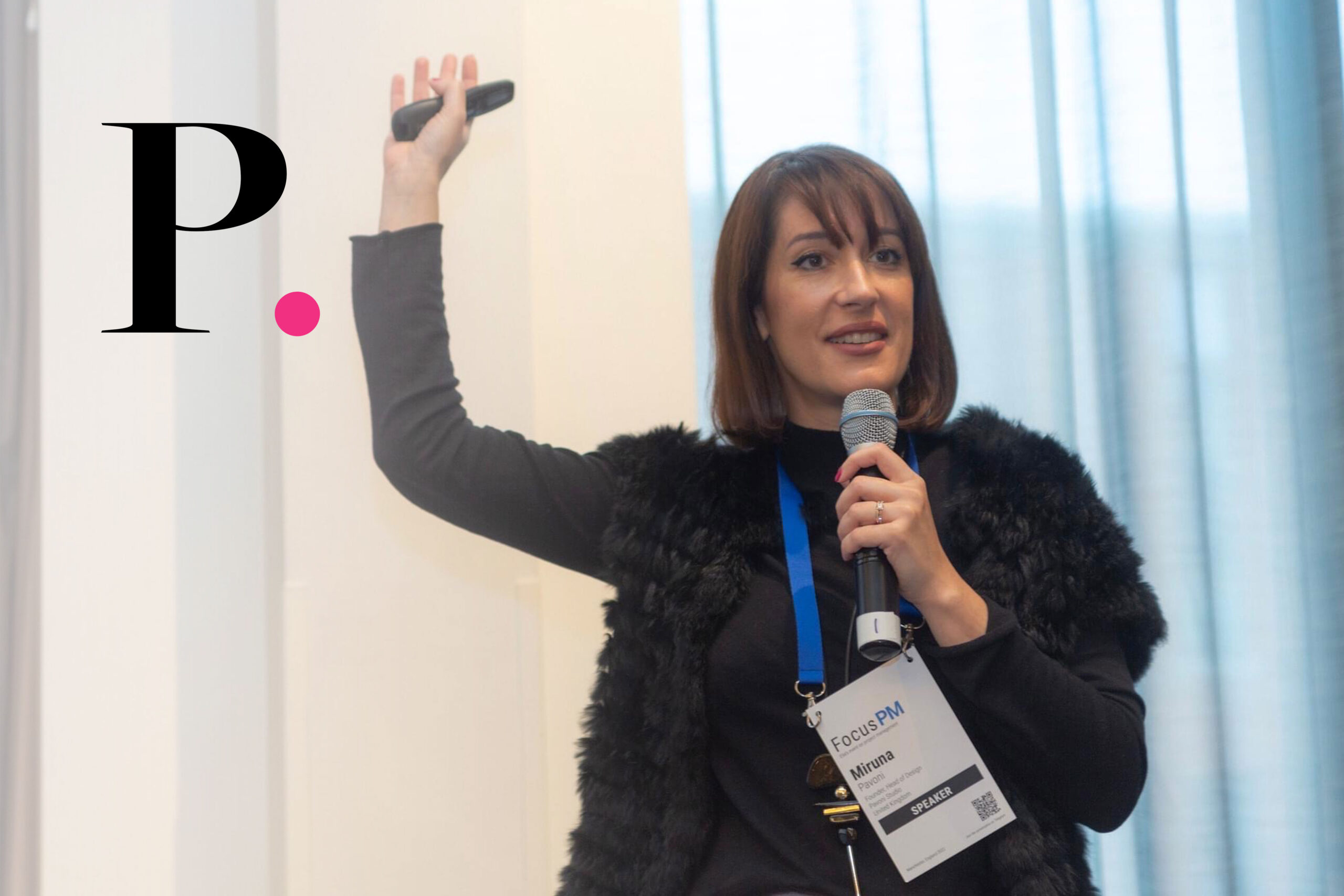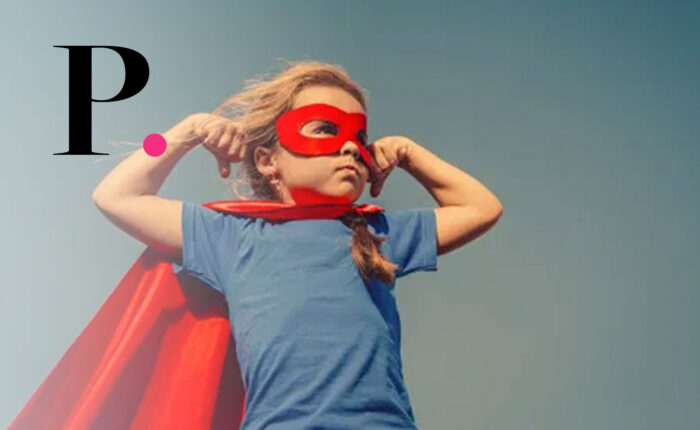Focus on PM
The first days of December started in Manchester with a two-day event organized by Elia (European Language Industry Association) where the main goal was to learn and develop practical skills, try out new approaches and cultivate mindsets.
The opening keynote presentation “Learn, unlearn, relearn” delivered by Miruna Pavoni was approached as a fresh brain-warm-up exercise, making sure everyone present was onboard for all the exciting workshops and activities that followed later during the event.
“From an architect’s entrepreneurial approach, besides deadlines, budgets and targets, in project management is also very important to focus on communication, networking, keeping an open mindset. It is crucial to realise that learning and improving does not end once we step out of school, instead it is a life-long journey”, shared Miruna. She is a strong believer that we all are life-long learners, even if sometimes we learn willingly and consciously and other times it’s a matter of consequences. In order to embrace the process, the tri-methodology continuous cycle’s purpose (Learn-Unlearn-Relearn) is to set goals and understand the challenges in order to reach success.
At its core, the “learn, unlearn, relearn” cycle is self-explanatory. Acquisitive learning alone is not enough. It is no longer enough to say we know something and assume that knowledge will remain constant for the next twenty years. The “learn, unlearn, relearn” cycle engages more critical thinking skills, encouraging us to continually analyze, evaluate and challenge knowledge to ensure it is relevant and up to date.
Learning
Learning requires a lot of investment: time, effort, money; sometimes travelling, falling, making mistakes and trying again. Learning is also about exercising and repeating – the more often we engage our brains to learn something new, the more elastic is gets and easier it feels. This is what is called neuroplasticity. We know that exercising our bodies is healthy, keeps us fit and in a good shape overall. It is said that our brain, even though it is not a muscle, tends to act like one, which means that it gets more powerful through exercise—being challenged to think harder. Regular training is not the only reason why neuroplasticity tends to be higher when we are young. As we age, forming a set of “preconceptions” and “rules” based on all information and experience that we accumulate, end up becoming obstacles in our learning process.

Even if it seems obvious that learning is in high demand to keep up to date with the fast-changing environment and the booming tech evolution that we are living in today, this brings out another major obstacle that we are facing. We are confronted with huge amounts of Gigabytes of information every day, through mobile phones, internet, email, tv, radio, books, social media and so on. Do we have the time or the capacity to store all this information?
This is when the second step of the learning cycle comes in: The unlearning.
Unlearning
Discarding something learned, especially outdated information from one’s memory is not easy. For many of us, this will sound immediately counterintuitive. It just feels wrong, right? After all, so many of us have been used to value continuous, ‘acquisitive’ learning. We look for new information, and rightly cherish that knowledge when it comes along. If we’ve worked hard and invested time, energy and money to learn something, why would we want to unlearn it? This is definitely the most challenging phase of the whole process. Let’s take a step back in order to realise how valuable unlearning can be, as we are doing it all the time — probably without even realising it because it is just the nature of a changing world. Think of it as a software update. Devices need constant updates, so why wouldn’t our brains? Take working from home as an example. Or post-pandemic hybrid working. What would our 3-year-ago selves think of this? Yet, willingly or not we embraced change.

The learn-unlearn-relearn cycle should be encouraged from school, and the school environments and classroom designs should respond to new learning and teaching dynamics. Unfortunately, so many schools around the world still function under 100-year-old beliefs, when the industry was the engine driving the economy. Buildings based on cubical units (known as classrooms) spanning on long corridors, run curriculums meant to instruct students to memorize and reproduce what their teachers preach in front of them. The new generation of students is different: they operate on multi-platforms, are mobile and have a low concentration span. Old methodologies, don’t apply anymore, unless they provide impactful messages, customization (one size doesn’t fit all) and flexibility.
Click here to see “A classroom like home (IV) project
To get a common misconception out of the way, unlearning doesn’t mean forgetting what we know or tossing out knowledge for no reason. Rather, unlearning can mean:
- Customization – Allowing us to make room for more relevant, up-to-date information.
- Inclusion – Updating our beliefs and values to be more tolerant, diverse, and inclusive when presented with new information or a new perspective.
- Variety – Choosing an alternative mental model in which we operate.
If we want to learn and grow steadily, we have to step out of our comfort zone.
Click here to see “A classroom like home (V) project
Relearning
The aim is to get out of our cozy comfort zone and thrive towards the growth zone which will help us to set new goals and feel more at ease more often. This means having the courage to look at things differently. Learn how to do something in more than one way. To narrow it down to four fundamental pillars for achieving success by applying the learn-unlearn-relearn cycle,
• Be open. Be open to be challenged and to unlearn. This is a question of mindset.
• Foster curiosity. Be open to trying new things which are unfamiliar to you.
• Do things differently. Looking actively for ways to try new behaviours. Shut down the auto-pilot-mode and think twice.
• Learn from others. Engage in meaningful discussions and try to understand the thinking behind other people’s decisions
In the fast and dynamic world that we are living in, change is the only constant. And we need to change constantly in order to thrive. When we achieve this, all paths are open for us to be successfully prepared for the future.
In simple terms, our ability to unlearn and relearn comes down to neuroplasticity — the foundation of a growth mindset. As with most things, this ability becomes easier with practice, so there’s no better time to start training our brain to learn, unlearn, and relearn than now. Now, learning alone is not enough. To be successful, we must master the learn, unlearn, relearn cycle of success, because in a rapidly changing world, unlearning and relearning are just as important as learning.
“The illiterate of the 21st century will not be those who cannot read and write but those who cannot learn, unlearn and relearn”.
Alvin Toffler, American author and futurist




